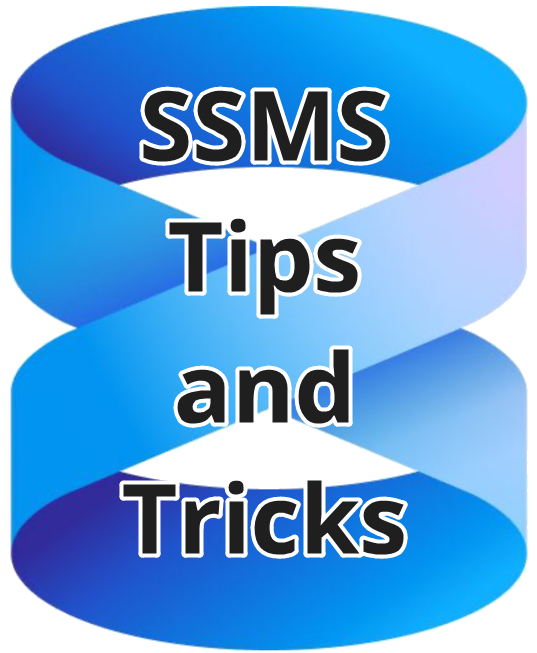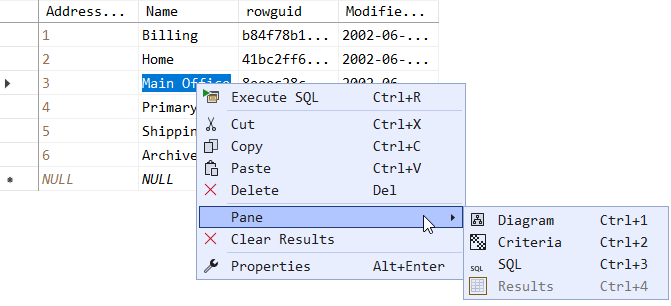
SQL Interview: 95 Are ISNULL and COALESCE the same for two parameters?
This is a post in the SQL Interview series. These aren’t trick or gotcha questions, they’re just questions designed to scope out a candidate’s knowledge around SQL Server and Azure SQL Database.
Section: Development Level: Medium
Question:
If you have two values where you want to return the first if it’s not NULL, and otherwise return the second, is there any difference at all between using the ISNULL and COALESCE functions?
2025-12-09







